The Coco Movie That Conquered the World and Its Inspiration Behind the Story
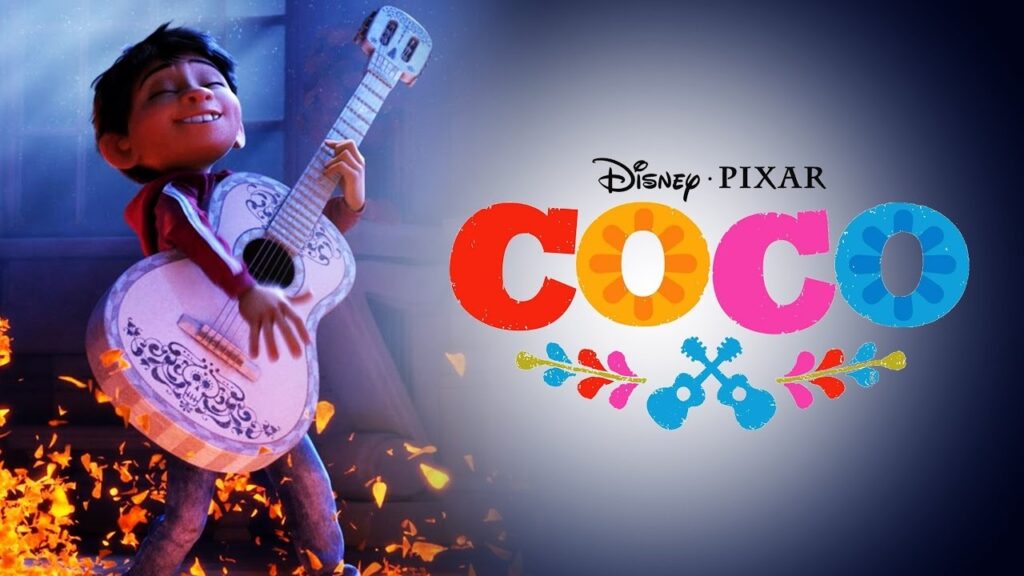
The Inspiration Behind Coco
When Disney and Pixar released Coco in 2017, they delivered more than just an animated movie filled with music, color, and emotion; they also paid a heartfelt tribute to Mexican traditions, especially Día de los Muertos (Day of the Dead). But behind this masterpiece lies an inspiring story, a debate about cultural recognition, and a global impact that has transformed how the world celebrates this ancestral tradition.
In this article, we’ll explore the inspiration behind Coco , the controversy over cultural credit, and how this film resonated deeply in Asia and other regions where remembering the deceased is an essential part of life.
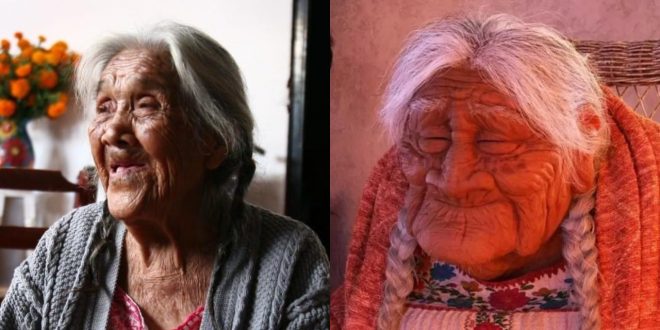
The Inspiration Behind Coco
A Tribute to María Salud Ramírez Caballero
At the heart of Coco beats the spirit of an extraordinary woman: María Salud Ramírez Caballero , affectionately known as “Mama Coco.” Hailing from Santa Fe de la Laguna, Michoacán, Mexico, María lived to be 109 years old before passing away in 2023. Her wisdom, intergenerational connection, and warm spirit served as the foundation for the character of Abuelita Coco, the emotional core of the film.
However, one of the most controversial aspects of Coco is that Disney never officially credited María Salud Ramírez as the inspiration behind the character. This omission has sparked criticism both inside and outside Mexico, highlighting a recurring issue in the film industry: the adoption of cultural elements without adequately attributing them to their original creators.
Despite this, the influence of Mama Coco on the movie is undeniable. Her legacy lives on in every frame of the film, reminding us of the importance of honoring those who inspire us.
The Debate Over Cultural Recognition
Credit or Disconnect?
While Coco was universally praised for its authentic portrayal of Mexican traditions, some argue that Disney failed to properly acknowledge key figures like María Salud Ramírez Caballero. This oversight leaves a bitter taste among local communities that deeply value the connection between culture and identity.
This case reflects a broader challenge in the entertainment industry: when large corporations adopt cultural elements, what responsibility do they have to recognize the people and communities that inspired them? Although the film remains a resounding success, this debate invites reflection on how global stories are told without losing sight of their roots.
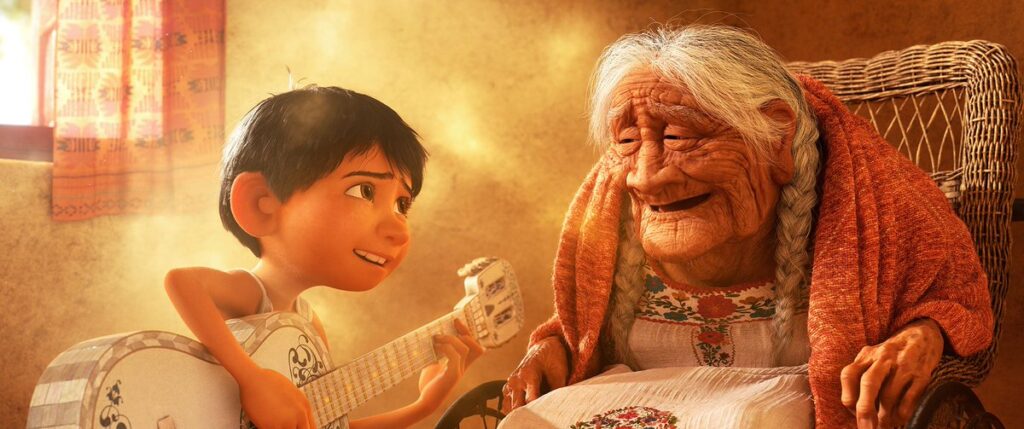
The Global Impact of Coco
Día de los Muertos: From Local to Global
Before Coco , Día de los Muertos was primarily known within Mexico and parts of Latin America. However, thanks to its visually stunning and emotionally resonant storytelling, the film brought this tradition to global audiences. Today, thousands of international tourists travel each year to iconic cities such as Michoacán, Oaxaca, and Mexico City to experience firsthand the parades, altars, and ceremonies dedicated to honoring ancestors.
Coco not only introduced the world to the beauty of Día de los Muertos but also helped redefine it as a universal celebration. Now, this festival invites people from all cultures to reflect on the importance of family, memory, and the connection with our loved ones, both living and deceased.
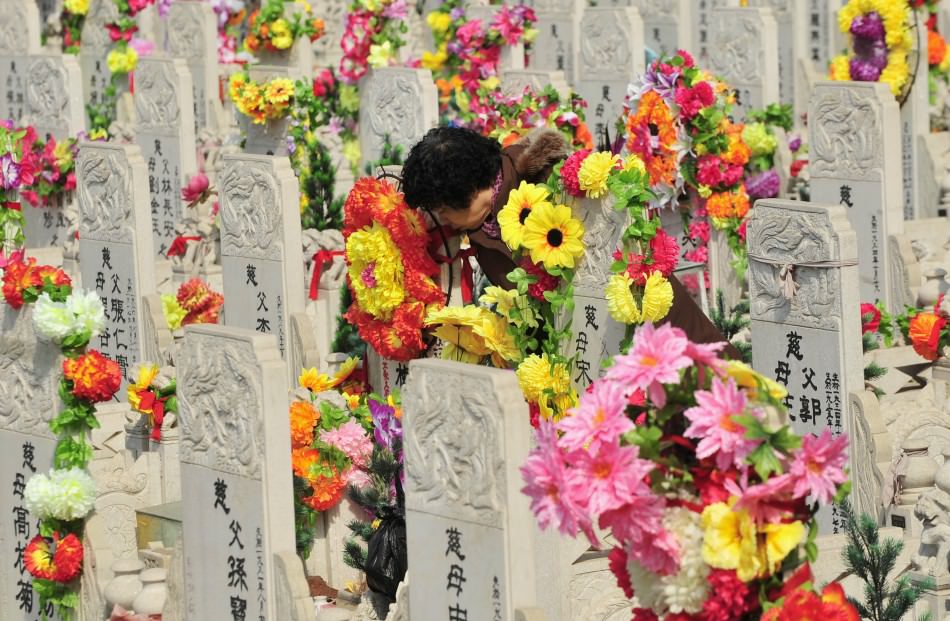
Impact in Asia and Other Regions
One of the most remarkable achievements of Coco is how it resonated in cultures that already have practices similar to Día de los Muertos. In Asia, for example, many communities celebrate festivals that honor ancestors, allowing the film to emotionally connect with audiences in these regions:
China: The Qingming Festival, known as “Tomb-Sweeping Day,” is an occasion to clean family graves and offer food to ancestors. The idea of keeping the memory of the deceased alive, as presented in Coco , deeply resonated with Chinese families.
Japan: The Obon Festival celebrates the return of ancestral spirits over three days, with offerings, dances, and ceremonies. This direct parallel with the concept of the “Land of the Dead” shown in the movie made Japanese audiences feel a strong connection.
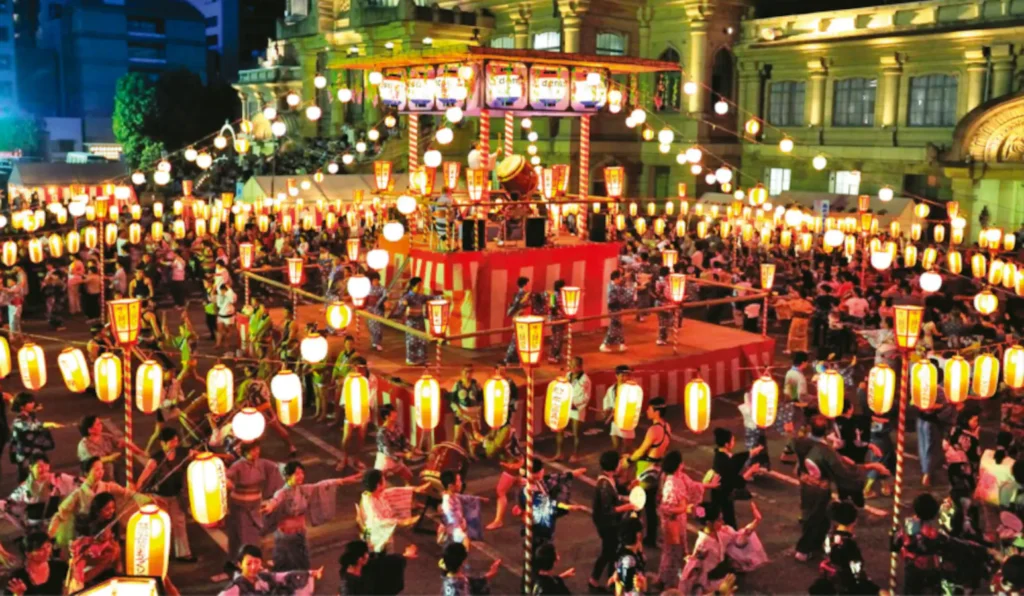
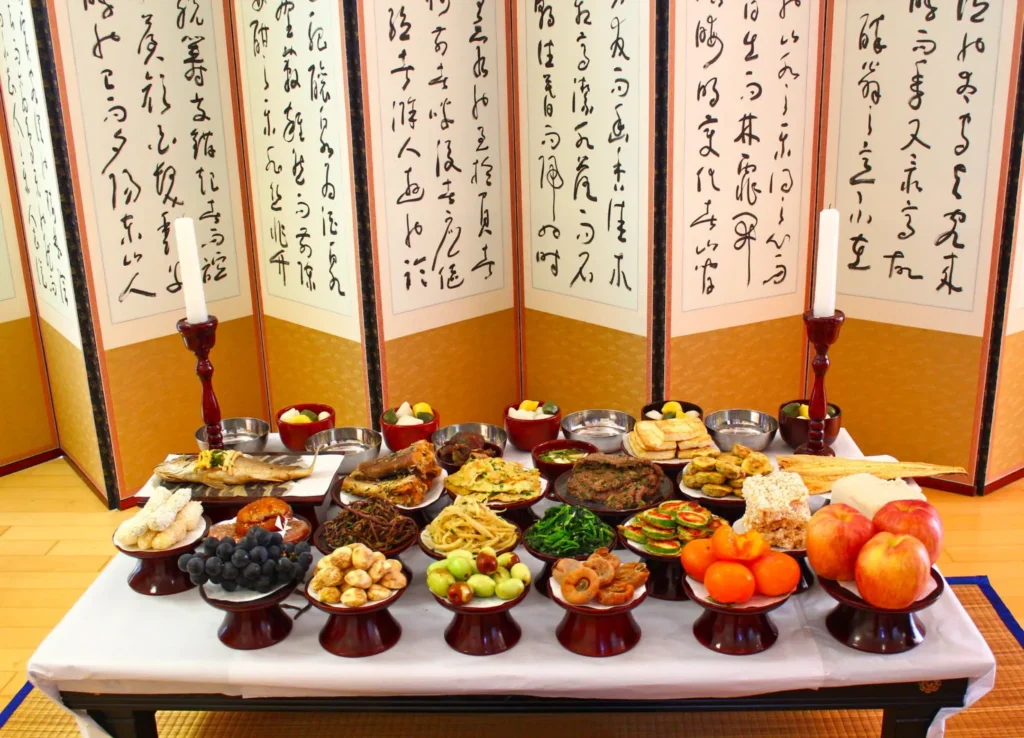
Korea: During Chuseok, Korean families pay homage to their ancestors with rituals and special meals. Coco sparked renewed interest in these traditions, reminding people of the importance of preserving their cultural heritage.
In these regions, Coco was not just entertainment but also a reminder of the beauty of their own traditions. The film inspired many families to openly discuss taboo topics like death, memories of loved ones, and the importance of keeping ancestral customs alive.
The Unforgettable Legacy of Coco
Beyond the Screen
In summary, Coco is much more than a movie that captivated hearts with its music, colors, and emotions. It is a cultural bridge that connected the world to one of Mexico’s most beautiful traditions. Although official recognition for figures like María Salud Ramírez Caballero remains pending, her legacy endures in every scene of the film.
Thanks to Coco , Día de los Muertos is no longer just a local celebration; it has become a global festival that invites everyone to reflect on the importance of remembering our loved ones and keeping them alive in our memories. The film teaches us that death does not mean forgetting but rather an opportunity to celebrate the lives of those who came before us.
Moreover, Coco reinforces the value of family unity. This holiday is not only about honoring those who are no longer with us but also about coming together with those who remain to share memories, stories, and lessons. In this sense, Coco reminds us that family is our strongest bond, both in this life and beyond.
Coco leaves us with a powerful message: the true essence of Día de los Muertos lies in remembering and celebrating our ancestors, keeping them alive in our hearts. The film teaches us not only about a Mexican tradition but also about the universality of love, memory, and human connection.
In Asia and other regions, Coco demonstrated that local stories can have a global impact if told with authenticity and respect. What do you think? How did Coco impact you? Do you believe big productions should do more to recognize the people who inspire their stories? Leave your comments and share your reflections on this unforgettable work!
